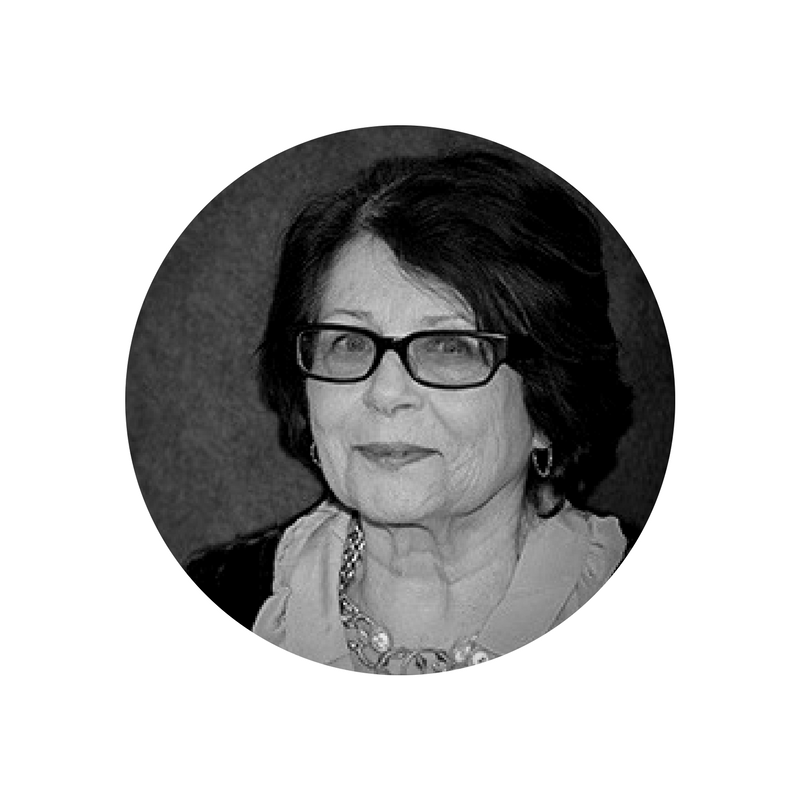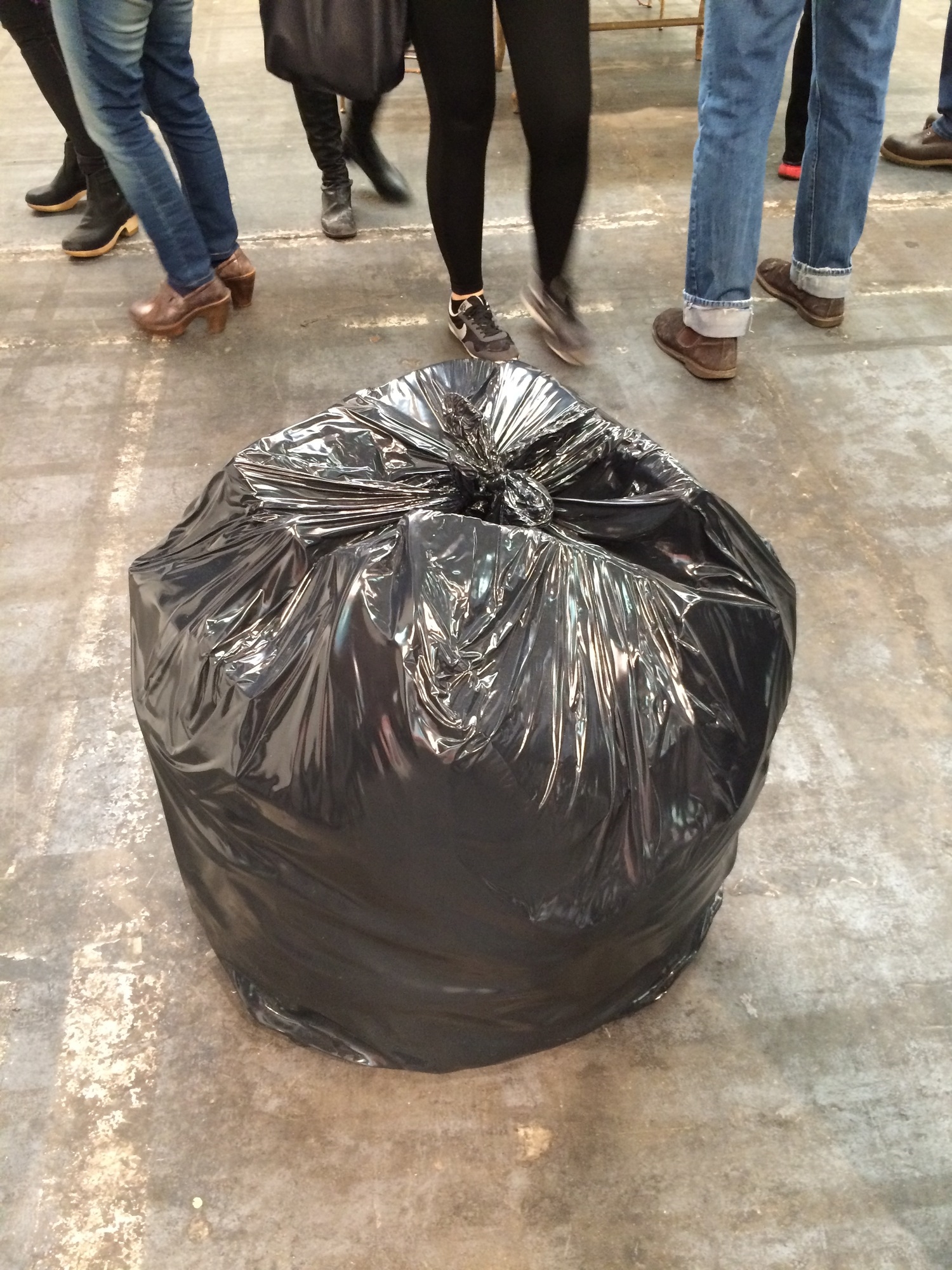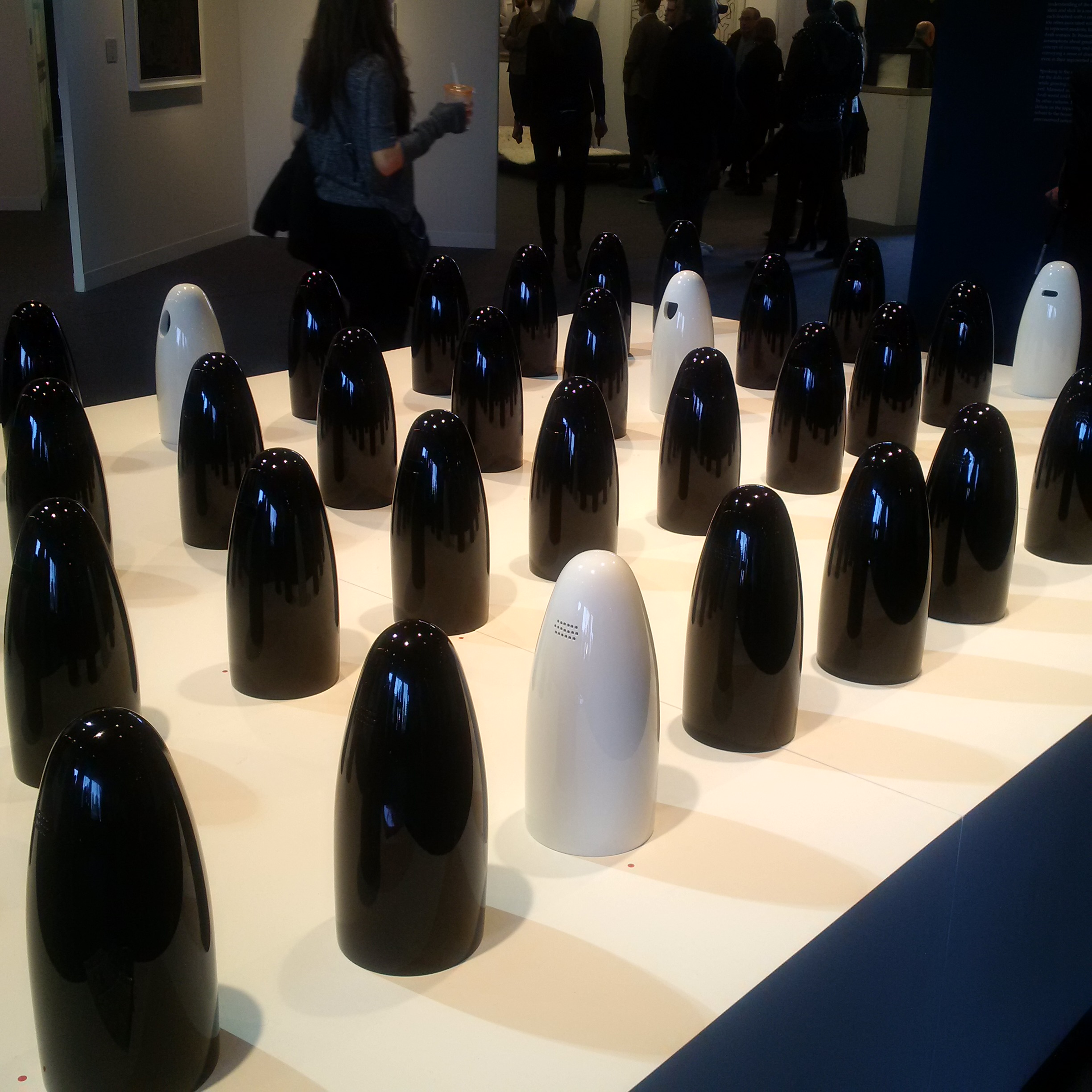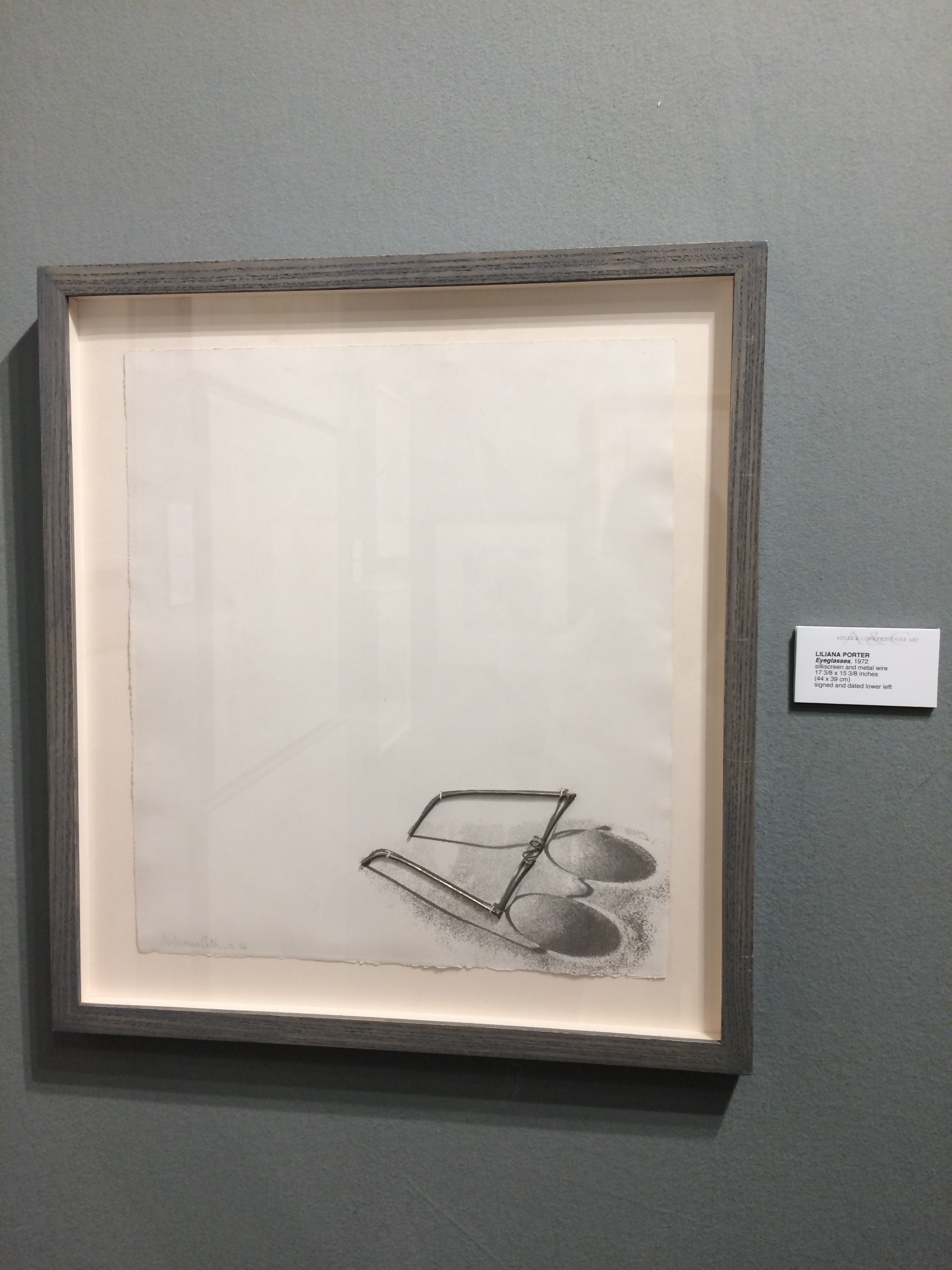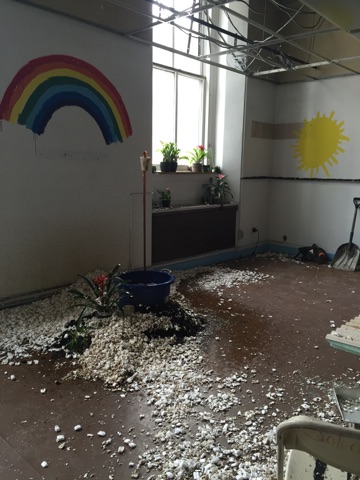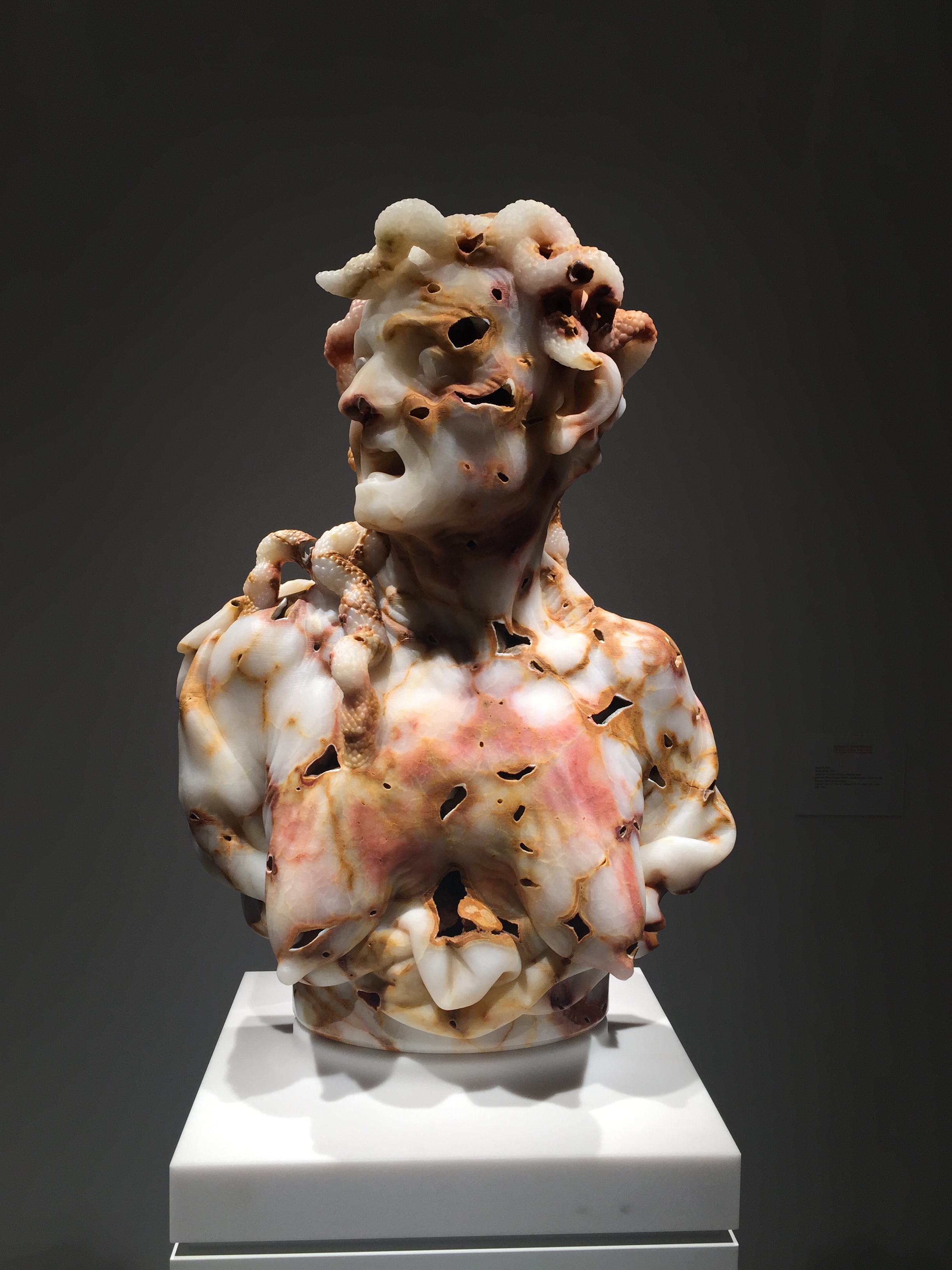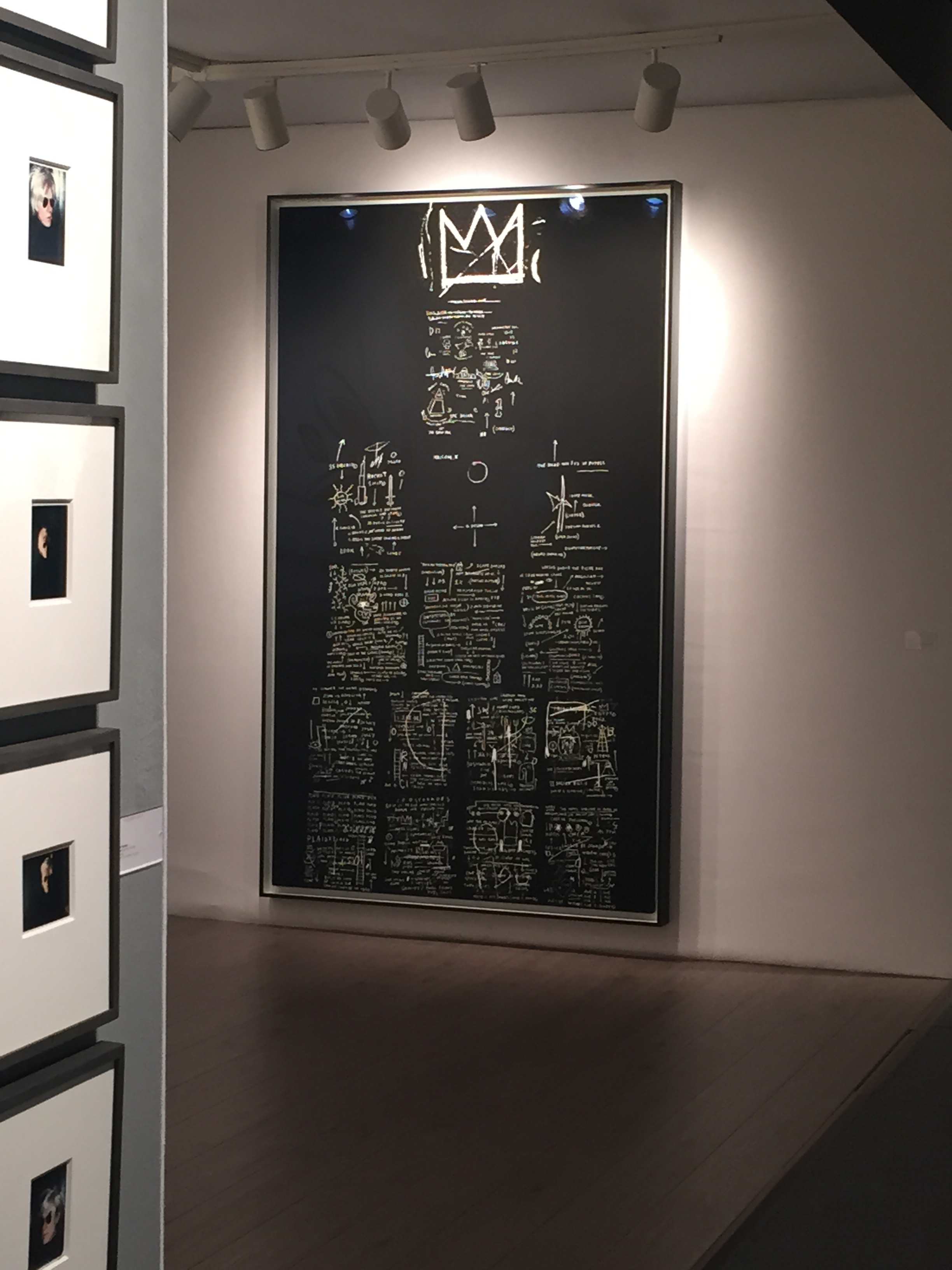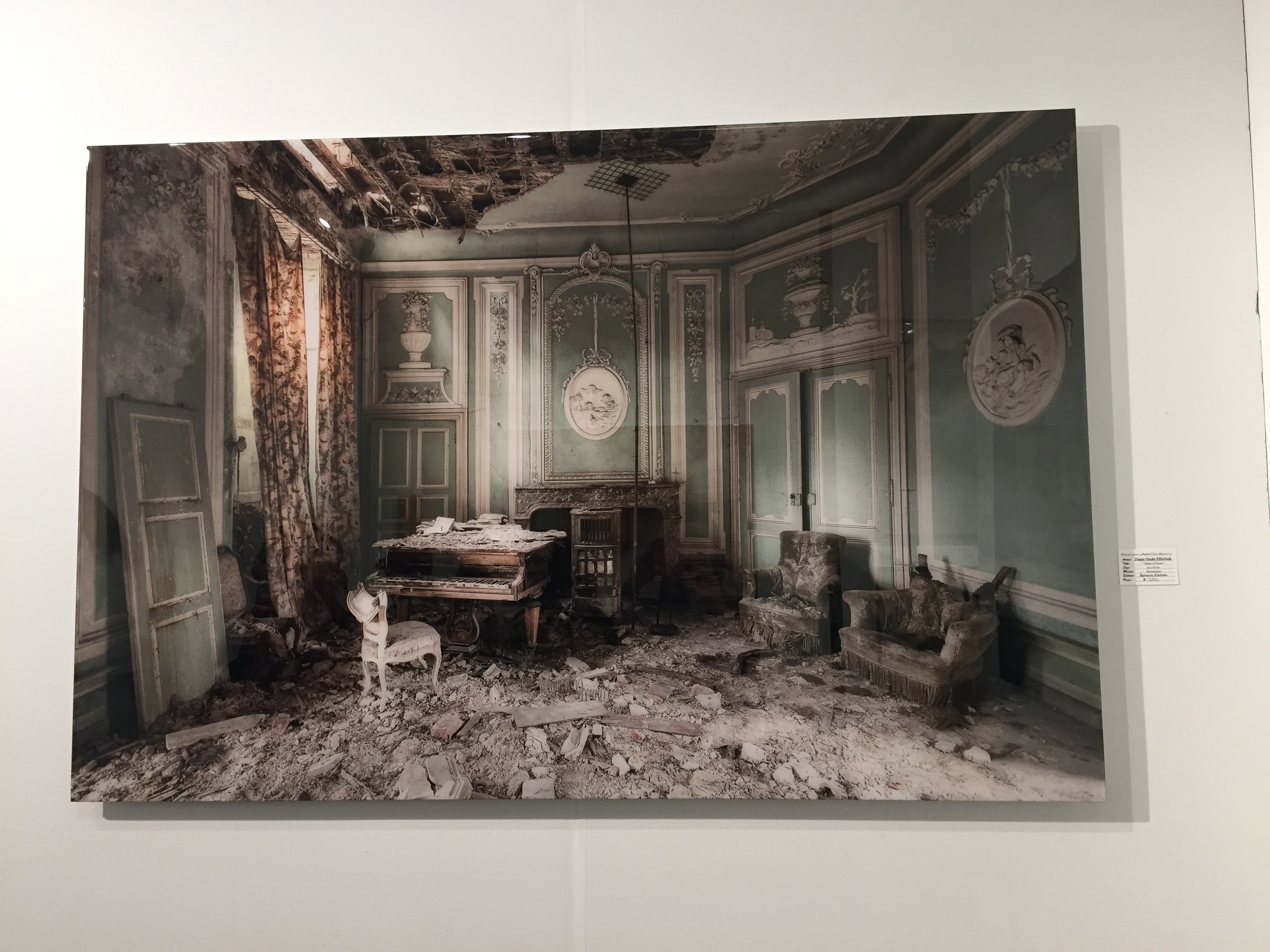When you retain the services of an attorney, a doctor or an accountant you expect that individual to have had the appropriate education and experience to have passed examinations that assure you of his or her competency to successfully provide the services you require.
Why then do you too often fail to demand the same requirements of an appraiser?
I’m thinking about this a lot because I just took a four day 15-hour recertification course and examination in The Uniform Standards of Processional Appraisal Practice (USPAP) one of many I’ve had to attend and be tested on over my years as an appraiser. In not so many months I will have to take a related seven-hour course. These are apart from countless attendances at symposia, lectures, museums, art panels as well as courses taken, gallery and museum visits, articles written, articles read, and whatever else it takes to keep up with my profession – just as is mandated for attorneys, doctors, accountants. In other words, we are all in the same professional boat, and paddling like crazy just to keep up with new rules, regulations and developments in our particular fields.
In other words, professional appraisers must undertake with the same rigor those standards that other professionals maintain to earn the public trust.
Because this is a big topic to take on, I’ve decided to break it up into multiple short articles. Right now all I’m trying to do is provide a little clarification on the subject of appraising.
DEFINITIONS
First of all, exactly what is an appraiser? My definitions are compliant with the USPAP manual based on the Appraisal Standards Board of The Appraisal Foundation, the governing organization for all professional appraisers.
1) An appraiser is someone who in order to develop an opinion of value without bias is expected to perform valuation services in a competent manner, independently, impartially and objectively.
2) The appraiser’s client is the person or persons who contact an appraiser for a particular assignment, but who may not be the person responsible for payment. In other words, if an attorney engages the appraiser he is the client although the attorney’s own client is the one who pays.
3) Before actual work is undertaken by an appraiser he or she has to determine the scope of work necessary to identify the problem to be solved, figure out and perform all the work necessary to come up with credible results for the intended use and analyze and provide the appraisal report.
These are simply general guidelines for utilizing the services of an appraiser. However, users of appraisal services should understand that professional appraisers must comply with USPAP when required by law or agreement with the client.
An appraisal may be written or verbal, but in both cases there must be a work file maintained that includes certification by the appraiser. This work file must be retained at least five years after preparation of the report or at least two years after final judicial disposition of any proceedings in which testimony was provided by the appraiser.
Any decision as to the purpose of the appraisal and the kind of value to be utilized is made between the appraiser and his client before the initiation of work so that there are no misunderstandings about the goal of the assignment. There should be a letter of agreement or formal contract drawn up prior to the onset of the work by the appraiser.
Although “valuers” (appraisers) in Europe are not compelled to follow USPAP, many do. Many more adhere to similar regulations in the “Red Book” of the Royal Institute of Chartered Surveyors (RICS). European associates of OTE, when acting as professional appraisers, are expected to also be in compliance with these standards.
With all these clarifications, we’re now at the very beginning of the job.
Next time we’ll discuss what steps the appraiser must take to perform a professional appraisal.
Elin Lake-Ewald, PhD,ASA,FRICS






